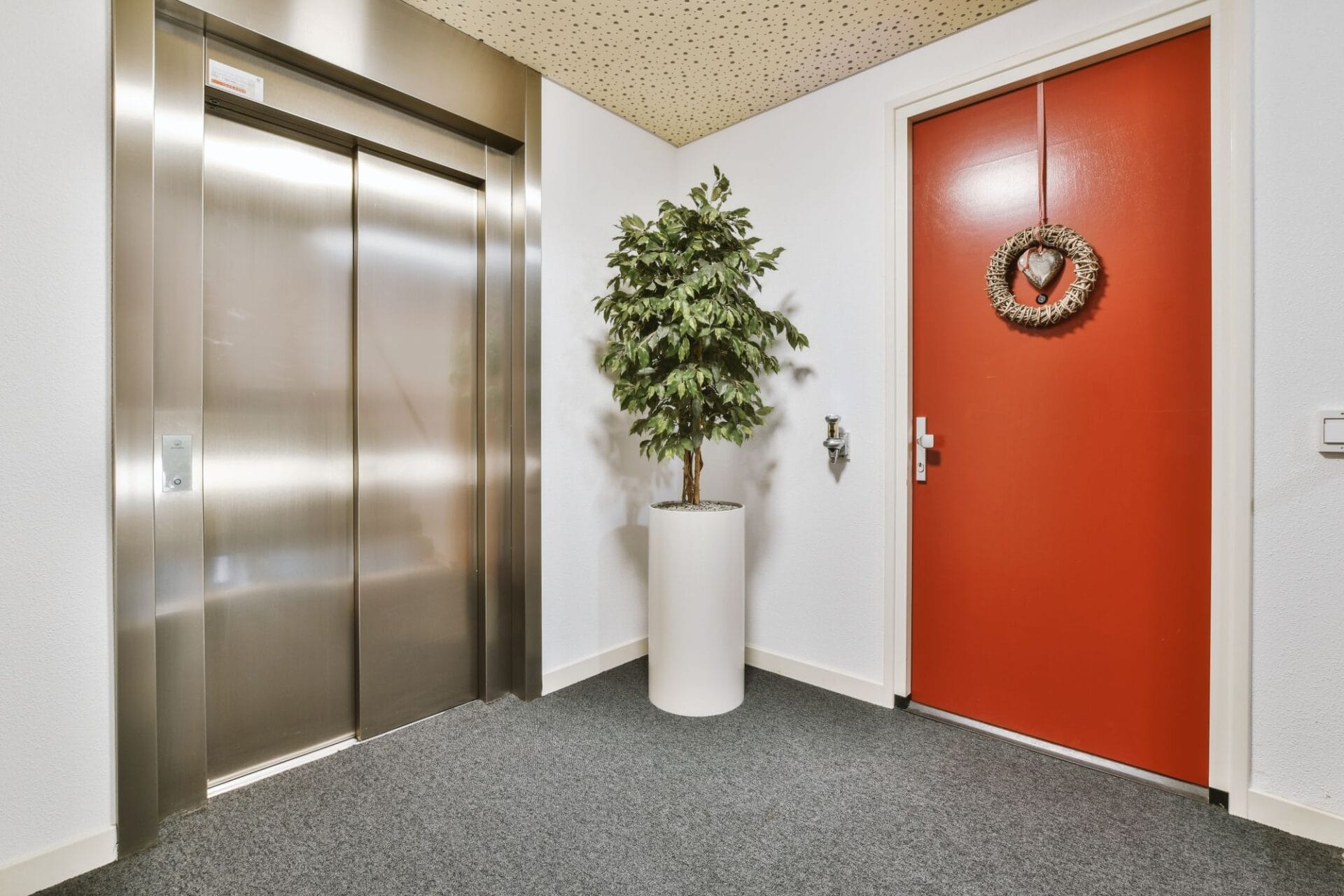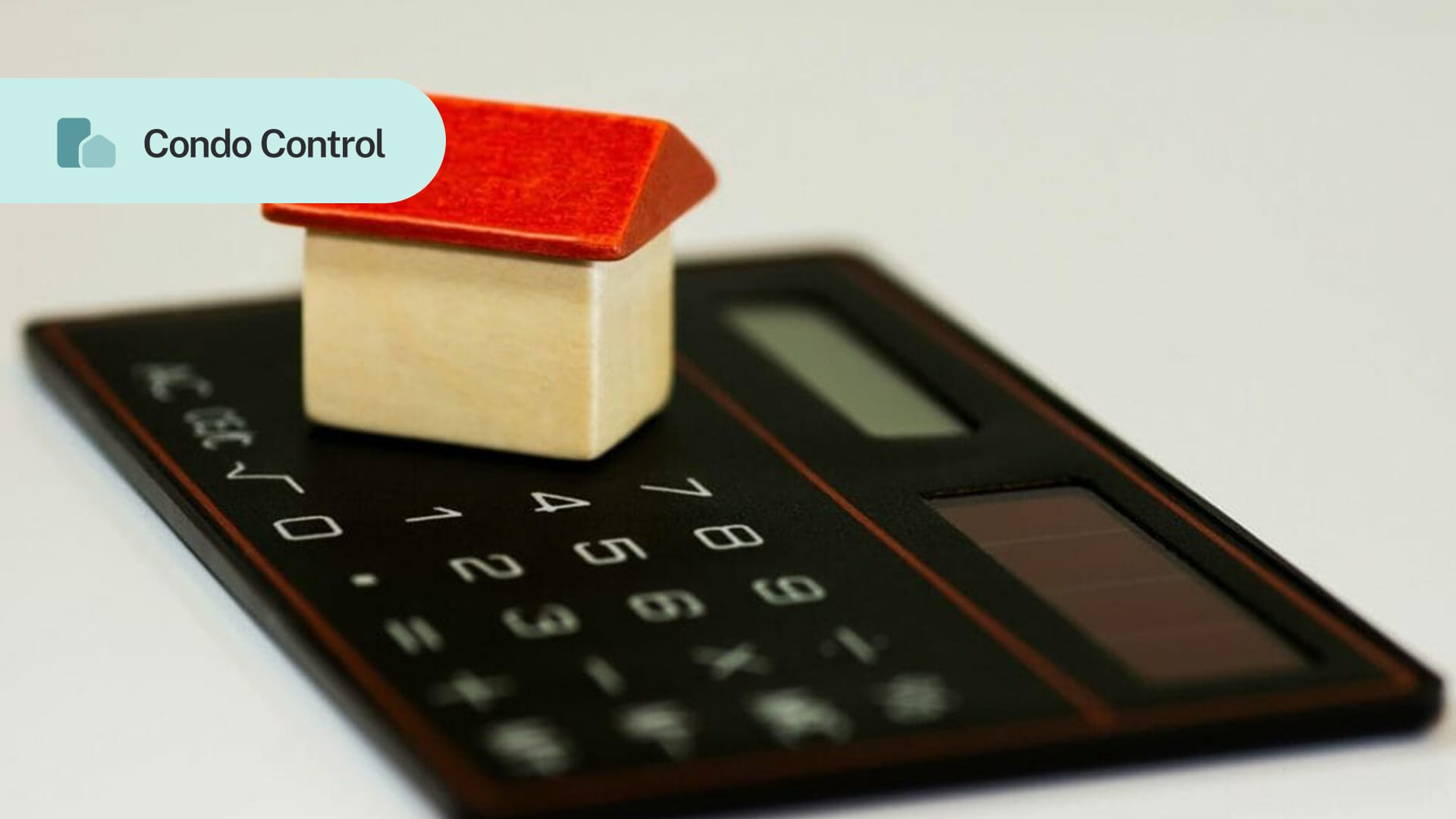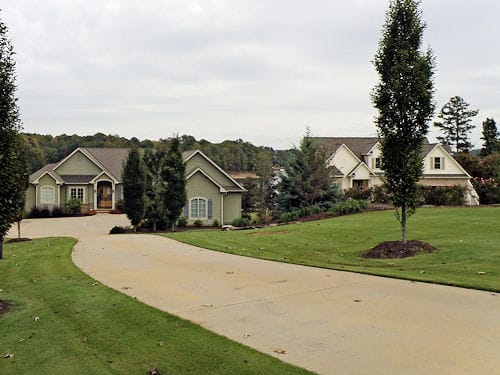If you’re a landlord, you already understand the challenges that come with collecting rent on time. This article will help you identify some options for a simple, more streamlined collection experience.
While there are numerous ways to collect rent from tenants, the best method may actually be a combination of these options. The solution will depend on what your community prefers.
Regardless of what you decide on, make sure new tenants are aware of payment options before they move in. Payment instructions should be outlined in the lease agreement. Establishing the “how” at the same time as the “how much” will help you get paid on time and minimize confusion.
Online payments
Online payment options include electronic bank transfers, and debit or credit card payments. Money is taken from the resident’s account and directly deposited into the landlord or property manager’s bank account, usually within a day. Depending on the processing method, a small processing fee may be charged to the tenant or the landlord.
Most property management software systems offer some sort of online payment service. Condo Control, for example, collaborates with several payment processing companies including Stripe, Rotessa, and Zego so that landlords don’t have to process so many cheques.
Apartment management platforms will also provide tenants with their own portal, allowing them to set up recurring payments. This way, they won’t forget to make their rent payment each month. This type of system promotes on-time payments through automation.
ACH payments
Another option is Automated Clearing House (ACH) payments. This is a U.S. financial network used for moving electronic payments and money transfers from one bank account to another. ACH payments are sometimes called direct payments.
Tenants who consent to ACH payments will need to provide their banking information to you or the platform through which they are being made.

Generally, it costs less to process an ACH transfer than a credit card payment or wire transfer. However, not all banks offer the same services or fees. While your bank may accept direct payments, the tenant’s bank may not use the same service, or may charge an expensive processing fee.
Payment apps
People are comfortable with apps, which is why they could be a good option for your apartment building. Online payment apps like Venmo or PayPal are convenient because some residents already have one of them set up on their phones. However, depending on the service, there will likely be fees involved. In most cases, payment apps aren’t designed for transferring large payments regularly.
Secure drop box
If you own a larger apartment complex and collect rent from several tenants, a drop box makes sense. A secure locked box with a slot for envelopes would be installed on the property (usually in a common area) so that residents could drop off checks after hours. If you have cameras in the building, try to keep the drop box in viewing range. This will discourage theft and allow you to see what happened if the box is tampered with.
Collect in person
It’s not the most convenient option, but there are tenants who prefer to pay rent in person. Taking checks directly from the people in your building allows you to interact with them, even if only for a brief amount of time. If you go to their unit, you can also complete routine maintenance jobs (check smoke detectors, change air filters) while you’re there.
The downside is that this is a cumbersome process, especially if you care for a large building or many properties in different locations. Plus, you’re tasked with the responsibility of keeping all of that money safe until you get to the bank. It’s not efficient and can eat up a lot of your valuable time.
What happens if a tenant always pays late?
Let’s say you’ve given your tenants the option to pay online or in person. But there are still five or six people who always pay late. What can you do? The process will vary depending on where you live, but the steps listed below will give you an idea of what a landlord must do before they can evict someone.
Step 1 – Negotiate a payment plan
A tenant who does not pay rent is considered to be in arrears. Sometimes, landlords can avoid the time and expense of legal action by working with the tenant and making a realistic payment plan. The tenant must sign a written agreement stating that they will pay the arrears according to the payment schedule laid out in the contract. Tenants willing to sign an agreement of this nature should make sure that the terms of the agreement are indeed reasonable so that they will not default on the plan and give the landlord the right to evict them.
If the tenant does default on any of the payments, the landlord will usually have to take further action. They cannot kick the tenant out right away.
Step 2 – Give notice to the tenant
The next thing a landlord should do to try and prevent a tenant from paying late again is to give them a formal notice that states the tenancy will be ended early due to non-payment of rent. This notice gives the tenant a limited amount of time (often 14 days) to pay all of the money due or move out. This notice must indicate:
- How much rent the tenant owes to the landlord
- The number of days that the landlord is giving the tenant to pay the overdue rent
- The termination date on which the tenant must leave the unit if the full amount is not paid
- That the landlord will apply to the Landlord and Tenant Board (or similar board or court, depending on where you live) for an eviction order if rent is not paid and the tenant does not move from the unit
If a tenant pays the rent they owe prior to when the landlord files an application to the body or board that handles evictions, the notice may be considered void and the tenant does not have to move out.
Step 3 – File an application to have the tenant evicted
If the tenant does not pay the rent owing during the time allowed and does not move, the landlord can file an application with the appropriate governing body or board. This could become a lengthy process if the issue must be taken to court. However, don’t let that discourage you from taking action.
It is very important to document or record proof of multiple late payments or non-payments. This evidence will help you build a strong case.
Even if a court does grant you permission to evict a tenant, you cannot forcibly remove them from the premises. In some places, like California, the court will issue a Writ of Possession and get a sheriff to assist with the eviction process.
A Writ of Possession gives a sheriff the power to physically lock the tenant out of the unit if they don’t voluntarily leave within five days. Furthermore, if the tenant refuses to come out of the unit, the sheriff can physically remove the tenant from the property after a certain number of days.
Conclusion
In most cases, when given the opportunity to pay online, tenants adapt or may even prefer online payment options. But, depending on your tenants, it may be more effective to provide them with an alternative payment method. Landlords are strongly encouraged to include rental collection information in the lease agreement, under a rent collection policy section.























